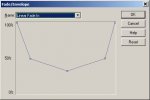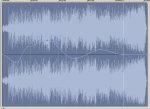PhilLondon
New member
Okay, so say I have a bass track, and when I've recorded it, I've played some of it louder than other parts. I should then just automate it so that it's all equal and relative to the overall mix? And this will preserve the dynamics a lot better than drastic compression. Is this what you mean?
Thanks.
Thanks.







